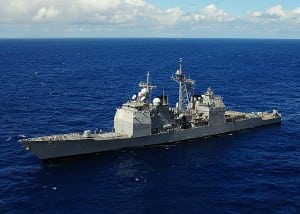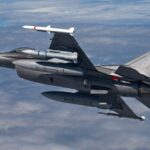
Accelerating cruiser modernization and the procurement of the Navy’s new amphibious ship are two of the priorities listed in the House Armed Services Committee’s seapower and projection forces subcommittee’s defense authorization bill proposal, which was unveiled April 22.The subcommittee’s National Defense Authorization Act proposal calls for a change in the Navy’s 2-4-6 plan to layup its cruisers, staffers told reporters during a background briefing. Instead of moving two cruisers through a four-year modernization availability, the subcommittee would limit modernization to…













